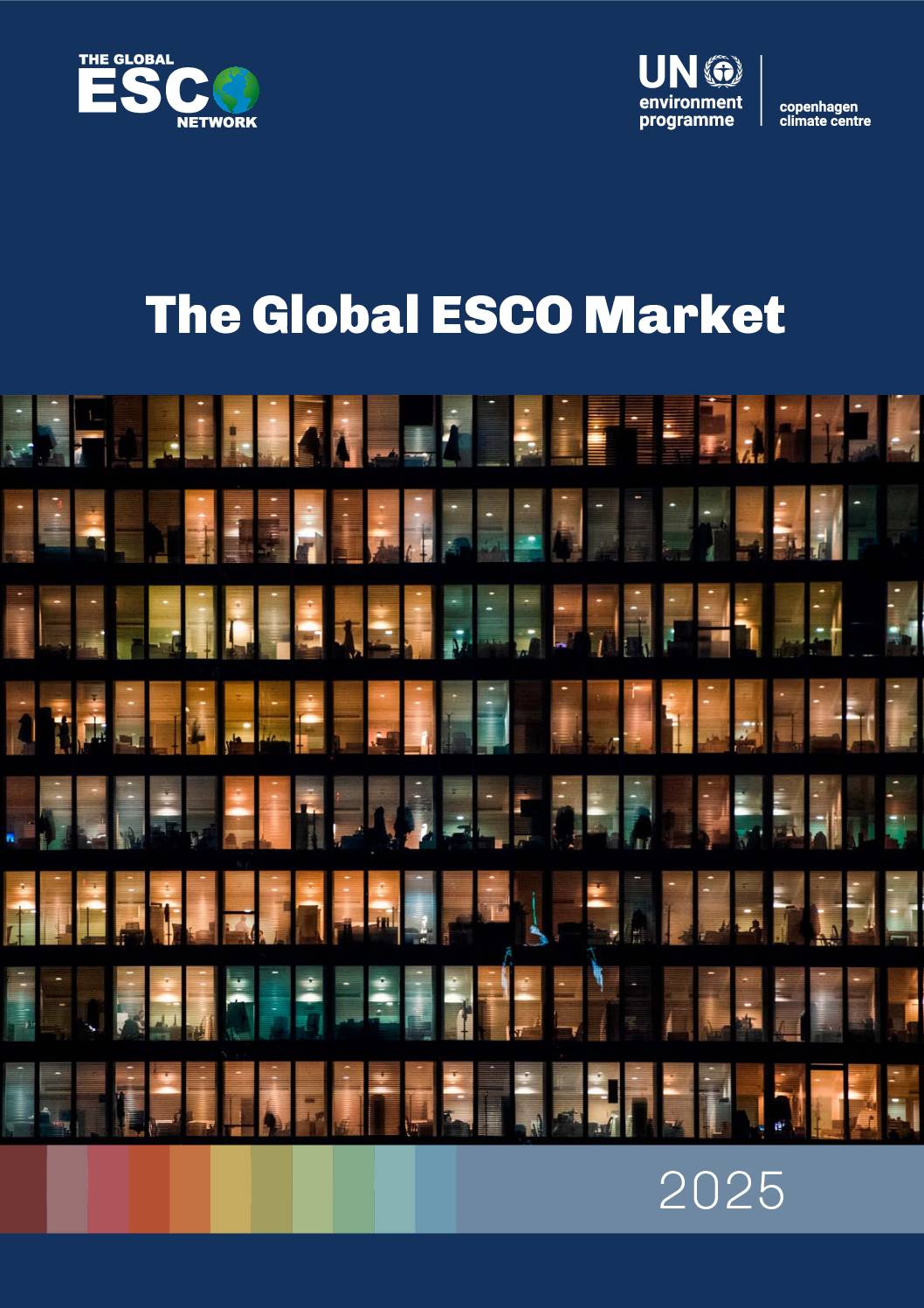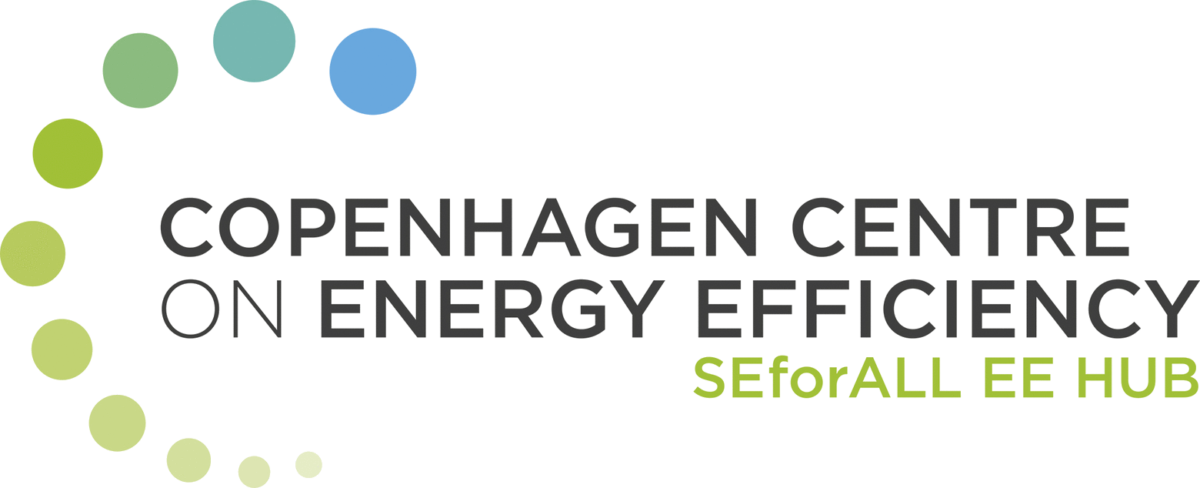The Global ESCO Market 2025 Report provides a comprehensive overview of the status, challenges, and opportunities in the energy service company (ESCO) sector across more than 25 countries. It captures developments not only in the largest and most mature markets, but also in emerging economies where ESCO models are beginning to gain traction. The report synthesizes key trends, market developments, and policy landscapes shaping the industry in areas such as activity levels, financing, policy, and technology.
ESCOs play a critical role in delivering energy efficiency solutions that support national climate and energy goals. Through models like Energy Performance Contracting (EPC), they offer a practical and scalable approach to financing and implementing sustainable energy improvements across sectors including buildings, industry, and public infrastructure – often with performance guarantees and innovative financing mechanisms.
Global Landscape
The report finds that ESCO markets remain highly uneven in terms of maturity, scale, and innovation. The majority of ESCO activity – measured in number of projects, investments, and reported energy savings – is concentrated in a handful of countries, including the United States, China, Taiwan (PRC), and several EU member states. These countries have well-established regulatory frameworks, access to finance, and capacity for implementation. In contrast, many developing and emerging markets report minimal ESCO activity, due largely to weak policy support, limited financial mechanisms, and lack of technical awareness.
Key Findings
The analysis was conducted as a 24-point questionnaire distributed to ESCO associations and other national representatives with insights into the national ESCO markets. The central findings from responses received are:
- Access to finance remains the most commonly cited barrier to ESCO market growth, followed by low client awareness and lack of standardization in contracts and M&V protocols.
- Public buildings are the most frequent target of ESCO projects globally, while sectors like commercial buildings, industry, and energy supply remain underutilized.
- Project types and savings levels vary widely. Integrated, system-level retrofits tend to generate the highest energy savings but require greater investment and institutional support.
- Policy frameworks are essential for enabling ESCO markets. Countries with strong mandates, incentives, and technical assistance programs have seen significantly more progress.
Strategic Implications
The report recommends a targeted scaling of ESCO models to emerging markets, greater policy coherence, and enhanced financing tools, including risk-sharing mechanisms and blended finance. It also highlights the need to broaden ESCO engagement into underserved sectors and technologies, such as industrial systems, demand flexibility, and supply-side energy efficiency.
It further underscores the importance of capacity building, standardization, and aggregated project pipelines to lower transaction costs and improve bankability.
By accelerating the development of the ESCO sector, governments and stakeholders can unlock critical gains in energy savings, emissions reductions, and economic resilience – key pillars of the global climate neutrality transition.
Download sourceShare this

Sector: ESCO
Country / Region: Global
Tags: climate, energy efficiency, energy performance contracting, ESCO, market barriers, policy, regulatory policy, specific financing mechanisms, sustainable energyKnowledge Object: Publication / Report
Publishing year: 2025
Author: Clara Camarasa, Søren Lütken, Trupti Yargattimath



